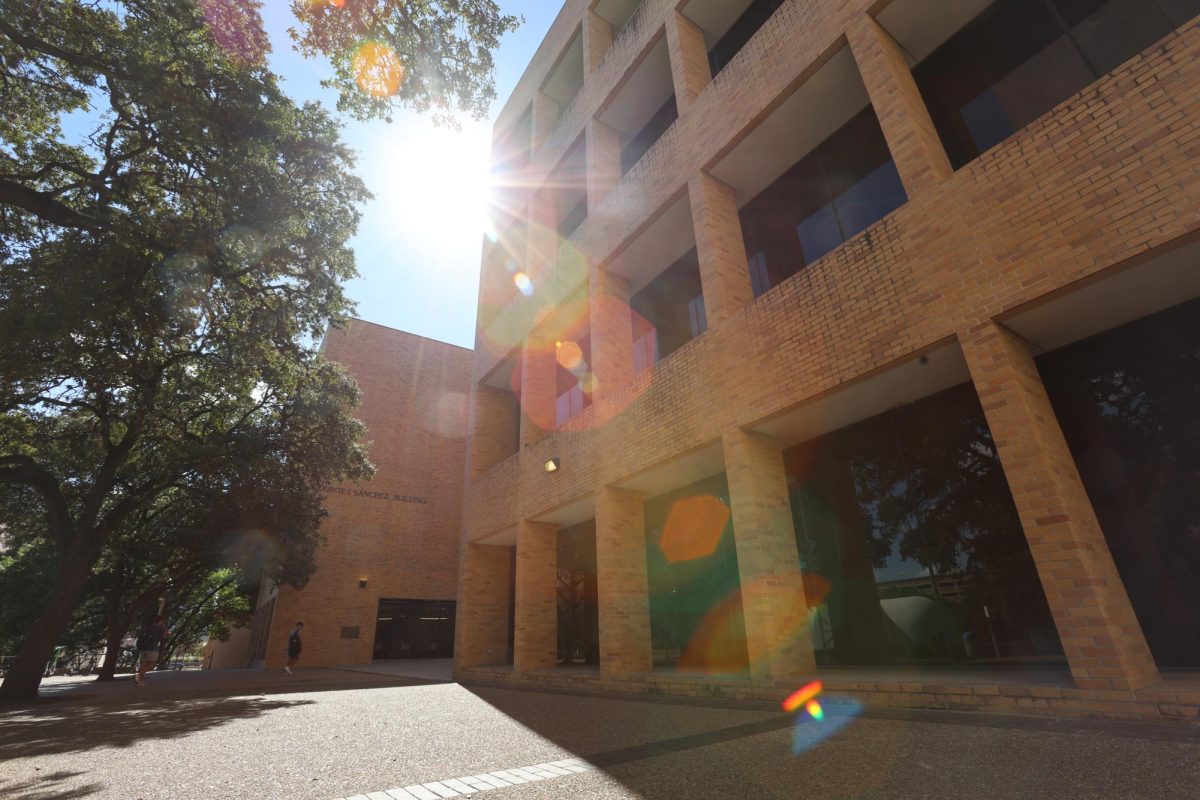Seeking an escape from the gloomy weather and old classmates in her hometown of Portland, Oregon, Elizabeth Morris said she looked for a college in Texas and found UT to be the perfect fit. Two years later, she’s now bearing the hefty cost of UT’s out-of-state tuition.
“It’s like, ‘Oh, if you want to go to UT, you better be blessed with the financial ability to be able to get here,’ which is problematic because not a lot of people can do that,” Morris, a sports management sophomore, said.
UT’s out-of-state tuition is the 10th most expensive among large public schools in the nation, according to a recent analysis by HeyTutor.com of data from a 2017–2018 National Center for Education Statistics study on American tuition rates. Out-of-state students paid $36,744 per year, more than triple the amount their in-state peers paid on average.
Mary Knight, UT’s associate vice president for finance, said the main reason out-of-state students pay so much more lies in state law requirements on student body composition and tuition costs.
Knight said Texas subsidizes in-state tuition for public universities to lower tuition and encourage more Texans to attend. At the same time, public universities are required by state law to have 90 percent of their student population be Texas residents.
Knight said a base amount is set for out-of-state tuition by the Texas Higher Education Coordinating Board. The rest of the cost is determined by each institution based on their financial needs.
For UT to offer low in-state tuition prices, the 10 percent of out-of-state students have to bear the excess costs, Knight said.
“There’s a high priority in Texas to make college accessible to all Texas residents,” Knight said.
Even though high prices are one of the main reasons why many drop out of college each year, the price is not always considered by students when they are choosing somewhere to learn, said college counselor Lisa Sohmer, a former member of the Board of Directors for the National Association for College Admission Counseling’s board of directors.
She said most students choose a school in their home state, but students who choose out-of-state schools might do so for different reasons — some want a change of scenery, others want to get away from high school peers. Sometimes their state lacks a variety of public school options or the out-of-state school is a high quality, cheaper alternative to an in-state private school.
“Not every state has such a broad reaching in-state system,” Sohmer said. “State universities are national now in a way they never used to be … you see these flagship public universities drawing a national applicant pool because they’re great.”
Sohmer said financial support is supposed to even out the costs for out-of-state students, but for students like Morris, the competitiveness of scholarship programs means they end up paying for most of their tuition, housing and other
costs themselves.
“I’m so grateful to have the opportunity to go to Texas because Oregon State and Oregon University and all the other universities in Oregon are not nearly as competitive or impressive as UT is,” Morris said. “It definitely needs to be a more accessible thing for people that are out-of-state since it’s such a prestigious university and the financial barriers are tough to overcome for deserving students. It’s unfortunate that it should be such a barrier.”





















